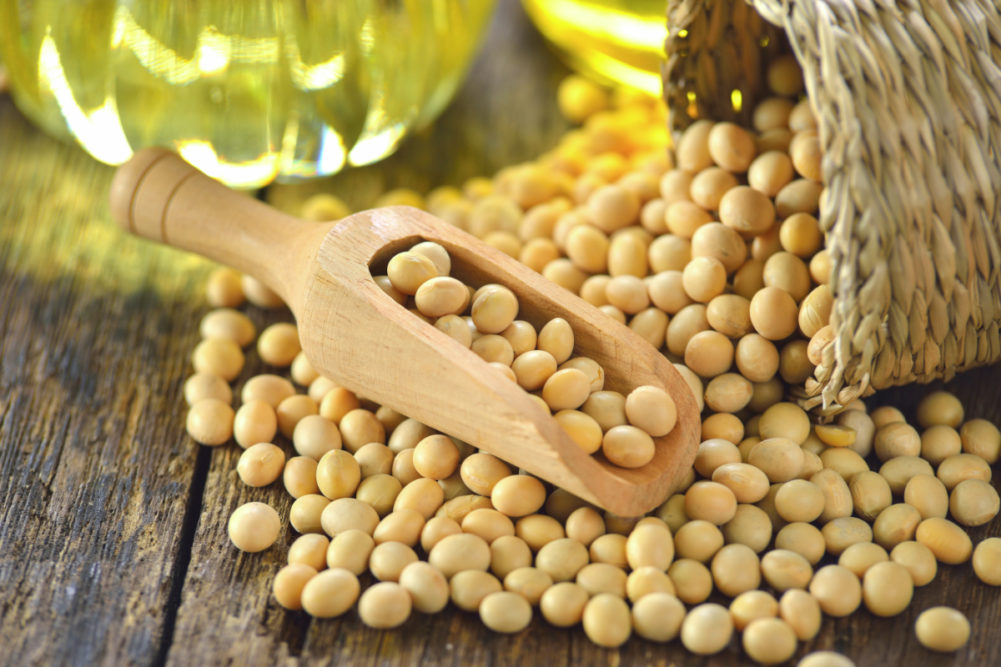WASHINGTON, DC, US — With higher export taxes, Argentina is expected to plant and produce less soybeans in the 2020-21 marketing year, according to a report from the Foreign Agricultural Service of the US Department of Agriculture (USDA).
Planted area is estimated at 17.5 million hectares, a drop of 500,000 hectares as farmers switch to sunflower, wheat, corn, dry beans and peanuts. Changes in the Argentine export tax system have reduced profitability of soybean cultivation and created negative margins for some farmers, the USDA said.
Production for 2020-21 is estimated at 51 million tonnes on a return to trend for yields.
For 2019-20, total production is estimated at 51.5 million tonnes, down 4.8% from the February forecast due to lack of rain in late February and early March, especially in the northern portion of the core growing region in Santa Fe province.
Whole soybean exports for 2020-21 are projected to increase 38.5%, to 9 million tonnes, compared to the current marketing year estimates. Soymeal exports are expected to increase 17% and soy oil exports are expected to increase 9.1%.
For 2019-20, whole soybean exports are projected at 6.5 million tonnes, down 37% from the previous year.
Argentine beans have remained more expensive than Brazilian or US origin, the USDA said.
The agriculture industry largely has been allowed to continue operations during the coronavirus (COVID-19) pandemic. Conflicting local and provincial regulations caused confusion and slowdowns at the port along the Parana River.
“Through consultation, most of these restrictions have been lifted, leading to more normal operations,” the USDA said. “However concern remains that outbreaks of COVID-19 among processing plant employees or truck drivers could lead to a temporary loss of processing and export capacity in coming months. Farming operations and harvesting has largely been unaffected.”
Follow our breaking news coverage of the coronavirus/COVID-19 situation.






